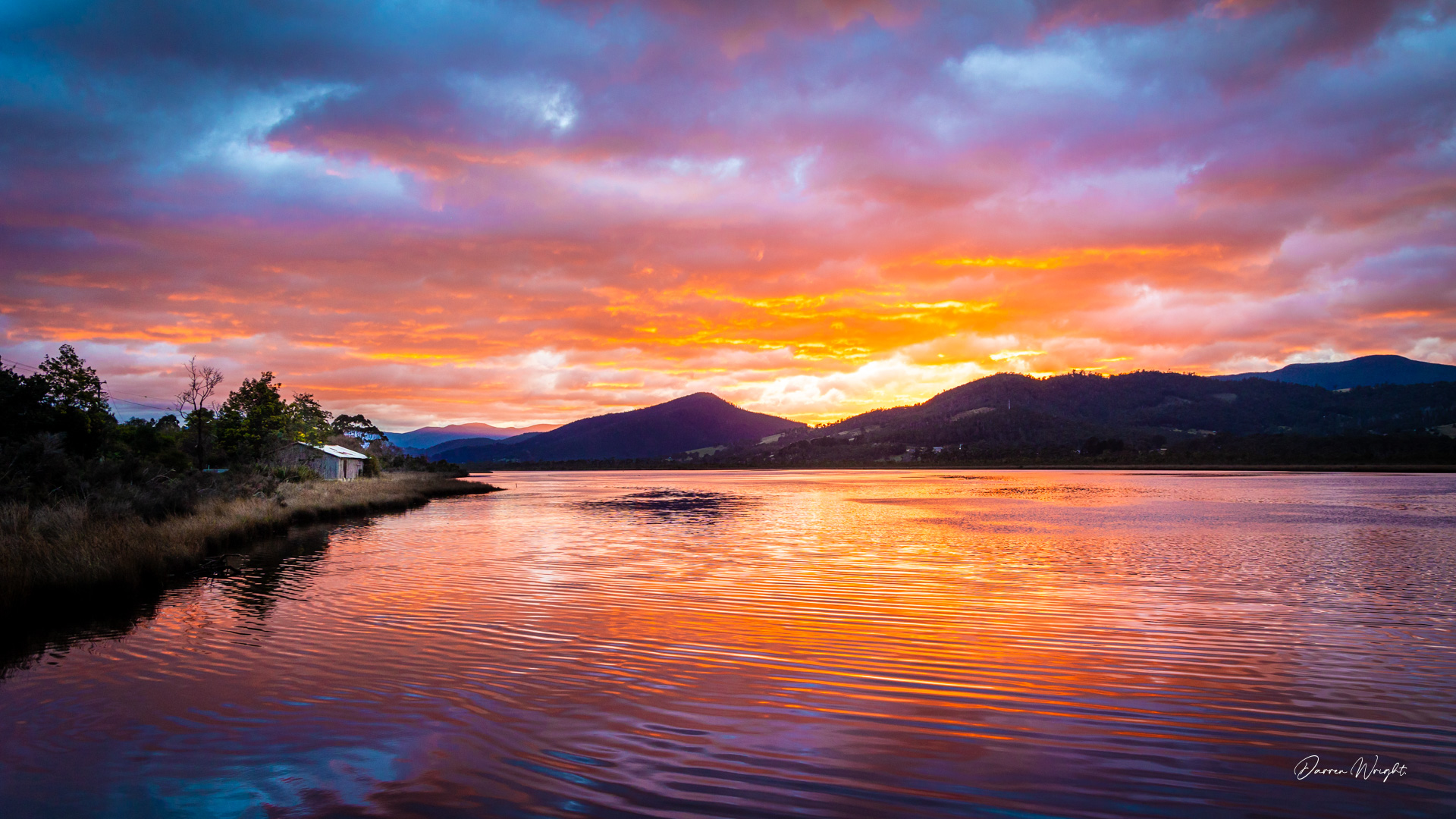Astrophotography is a fascinating way to capture the beauty of the night sky. Photographing the aurora australis, also known as the Southern Lights, is one of the most exciting types of astrophotography. This natural phenomenon creates a mesmerizing display of colorful lights dancing across the sky, making for a truly spectacular sight to behold. However, capturing this phenomenon in photographs requires some specialized knowledge and techniques. In this article, we’ll provide some useful tips for capturing stunning aurora australis photos and astrophotography in general.
1. Find a Dark Location
The first step in capturing a great aurora australis photo is to find a location that is as far away from light pollution as possible. This will help you to capture the aurora and the stars in the background with greater clarity. Consider scouting potential locations during the day to find the best spot. Popular options include beaches, open fields, and mountains, but anywhere without a lot of artificial light can work.
2. Use a Wide-Angle Lens
A wide-angle lens will allow you to capture a larger portion of the night sky, which is especially useful when photographing the aurora australis since it can take up a large portion of the sky. A lens with a focal length between 10mm and 20mm is ideal for astrophotography. Keep in mind that using a wide-angle lens may cause distortion around the edges of the photo, so be sure to keep important elements in the center of the frame.
3. Use a Tripod
Long-exposure shots are required for astrophotography, which means that you need to keep your camera still. A tripod will help you achieve a steady shot and prevent blurring. Ensure your tripod is sturdy enough to securely hold your camera and lens in place, even in windy conditions.
4. Use a Remote Shutter Release
A remote shutter release will allow you to take photos without physically touching the camera, which can cause vibrations and blurring. This will prevent any unnecessary movement that could cause blur in your photos. If you don’t have a remote shutter release, you can use the camera’s self-timer function instead.
5. Adjust Your Camera Settings
To capture the aurora australis, you’ll need to use a high ISO, a wide aperture (low f-number), and a longer shutter speed. Start with an ISO of 1600, an aperture of f/2.8, and a shutter speed of 20 seconds. These settings will vary depending on the brightness of the aurora and other factors like light pollution and moon phase, so be sure to experiment with different settings until you find the right combination. Remember that using a high ISO can introduce noise into your photos, so be prepared to do some noise reduction in post-processing.
6. Use Manual Focus
Set your camera to manual focus and focus on the stars in the sky. This will ensure that your photos are sharp and in focus. Autofocus can struggle in low light conditions, so manual focus is often the better option. If your lens has a depth of field scale, use it to determine the ideal focus distance. Alternatively, you can use the live view mode to zoom in on a star and manually adjust the focus until it’s sharp.
If all else fails, set to infinity, then turn back just a fraction. Review your photos in the camera by zooming in, and adjusting until you perfect the focus.
7. Experiment with Different Techniques
Finally, don’t be afraid to experiment with different techniques to get the perfect shot. Try stacking multiple photos to reduce noise, using light painting to illuminate the foreground, or creating a time-lapse of the aurora australis. Be creative and have fun with your photography!
Conclusion
In conclusion, capturing the beauty of the aurora australis and astrophotography, in general, can be a rewarding and awe-inspiring experience. With the right equipment, techniques, and location, you can capture stunning photographs of this natural phenomenon that will amaze anyone who sees them. Remember to find a dark location away from light pollution, use a wide-angle lens, a tripod, and a remote shutter release, adjust your camera settings, and use manual focus to ensure sharp and clear images. Finally, don’t be afraid to experiment with different techniques and settings to achieve the perfect shot. With some practice and patience, you can create breathtaking photos of the aurora australis and other celestial events.


